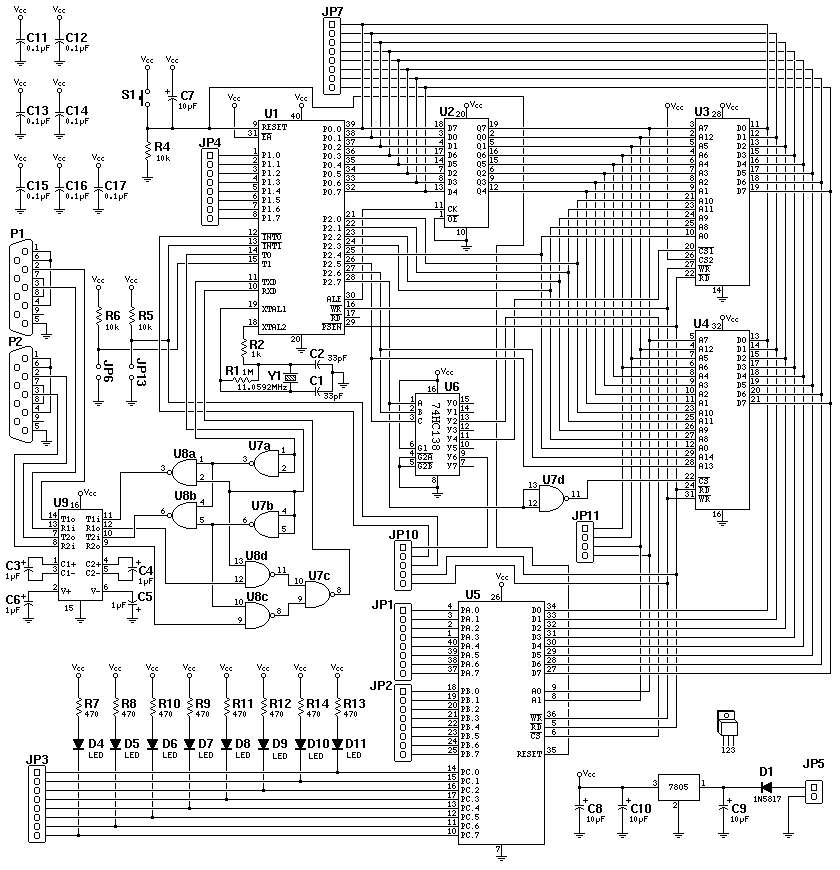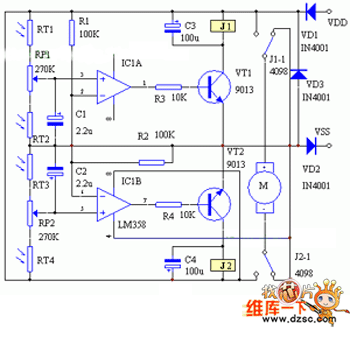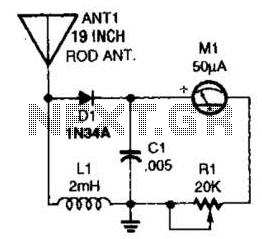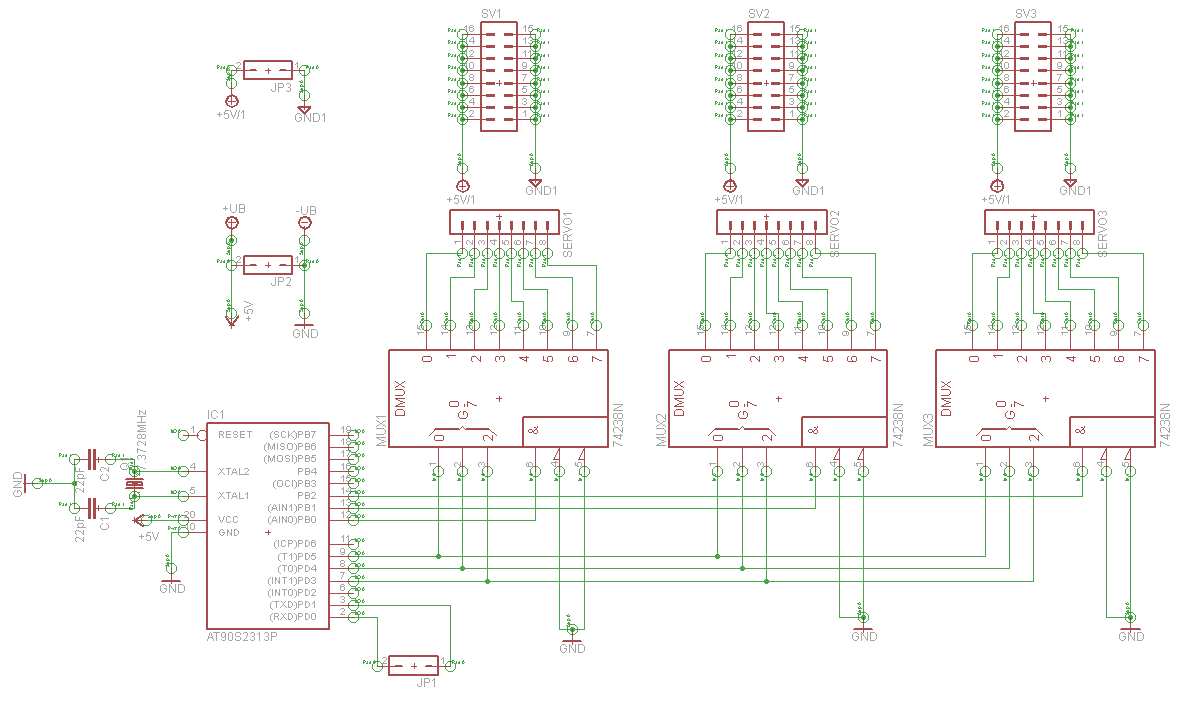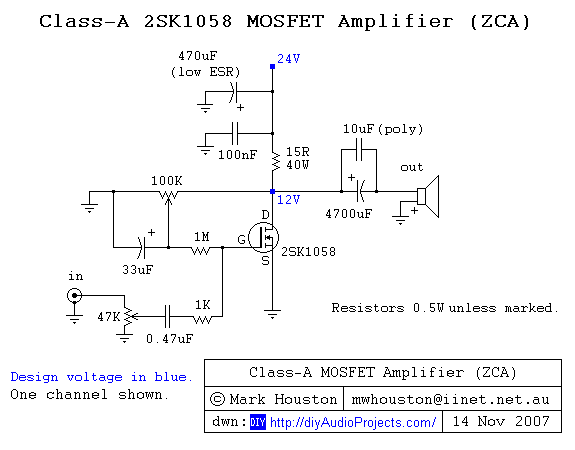
fet audio mixer circuit

This project involves a simple circuit designed to mix two or more audio channels into a single channel, such as converting stereo audio into mono. The circuit is capable of accommodating multiple input channels while maintaining low power consumption. It utilizes the FET 2N3819 as its main component and can be powered by a single 9-volt battery. Additional channels can be incorporated into the mixer as needed. To minimize hum and prevent oscillations, a shielded enclosure is recommended.
The circuit operates by employing a field-effect transistor (FET), specifically the 2N3819, which is known for its low noise and high input impedance characteristics. This makes it particularly suitable for audio applications, as it can effectively handle the mixing of multiple audio signals without introducing significant distortion or noise.
The design allows for flexibility in the number of channels that can be mixed. Each channel input is connected to the gate of the FET, where the audio signals are combined. The output is taken from the drain of the FET, providing a single mixed audio output. The use of a single 9-volt battery as the power source ensures that the circuit remains compact and energy-efficient, making it ideal for portable applications.
In addition to the basic functionality, careful consideration should be given to the layout of the circuit to reduce the potential for interference. The recommendation for a shielded case is crucial, as it helps to mitigate electromagnetic interference (EMI) that can lead to hum in the audio output. Proper grounding and the use of decoupling capacitors can further enhance the performance of the mixer by stabilizing the power supply and reducing noise.
Overall, this circuit represents a versatile solution for audio mixing applications, suitable for both hobbyist projects and more advanced audio systems where channel mixing is required.This is a simple project circuit for mixes two or more channels into one channel (eg. stereo into mono). The circuit can mix as many or as few channels as you like and consume very little power. This is the figure of the circuit. This circuit is based on or built by FET 2N3819. The circuit can be powered by a single 9 volt battery. As many or as f ew channels as are required can be added to the mixer. A shielded case is probably needed to reduce hum and help stop oscillations. 🔗 External reference
The circuit operates by employing a field-effect transistor (FET), specifically the 2N3819, which is known for its low noise and high input impedance characteristics. This makes it particularly suitable for audio applications, as it can effectively handle the mixing of multiple audio signals without introducing significant distortion or noise.
The design allows for flexibility in the number of channels that can be mixed. Each channel input is connected to the gate of the FET, where the audio signals are combined. The output is taken from the drain of the FET, providing a single mixed audio output. The use of a single 9-volt battery as the power source ensures that the circuit remains compact and energy-efficient, making it ideal for portable applications.
In addition to the basic functionality, careful consideration should be given to the layout of the circuit to reduce the potential for interference. The recommendation for a shielded case is crucial, as it helps to mitigate electromagnetic interference (EMI) that can lead to hum in the audio output. Proper grounding and the use of decoupling capacitors can further enhance the performance of the mixer by stabilizing the power supply and reducing noise.
Overall, this circuit represents a versatile solution for audio mixing applications, suitable for both hobbyist projects and more advanced audio systems where channel mixing is required.This is a simple project circuit for mixes two or more channels into one channel (eg. stereo into mono). The circuit can mix as many or as few channels as you like and consume very little power. This is the figure of the circuit. This circuit is based on or built by FET 2N3819. The circuit can be powered by a single 9 volt battery. As many or as f ew channels as are required can be added to the mixer. A shielded case is probably needed to reduce hum and help stop oscillations. 🔗 External reference
